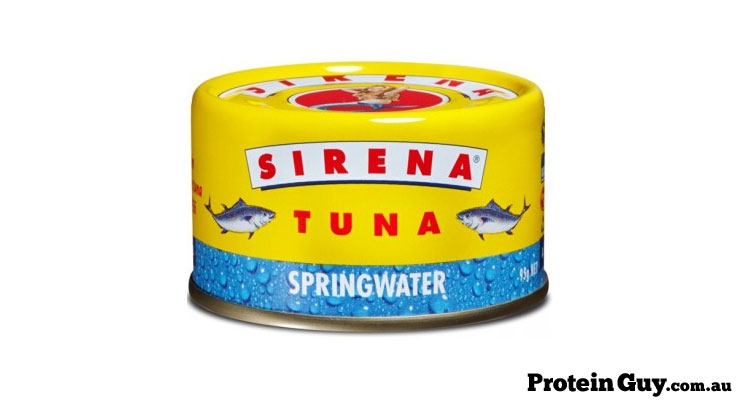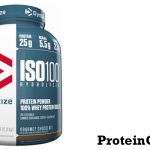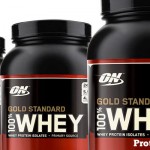What is fish may seem like a simple question and similar to the other protein foods I have been writing about but I will only be writing about fish as a protein source and the types we can get most days from the supermarket in either a can or fresh with their eyes looking out at you from behind a clear pane of glass.
Fish as a start and as a short introduction are gill bearing cold blooded aquatic animals that have limbs shaped like fins that have been a part of human culture and food for a long, long time.
Fish has high protein content with a small amount of carbohydrates and so this makes fish a great choice for people who are looking at adding more protein in their diet.

What is Fish? How much Protein is there in Fish?
There is a fat level in fish too, but don’t be afraid, it is the good source of fats called Omega 3 and 6 fats.
Not all fish are created equal in regards to protein, carbohydrates and fats either, these levels can vary depending on where the fish is harvested or caught from, fresh water compared to sea water, cold water compared to warm and also where in the world they are caught can affect all of the above.
The correct balance of omega fatty acids is important in your diet as your body doesn’t produce them and so this makes fish a great choice for you meals to increase your protein intake while taking care of your Omega 3 and 6 requirements at the same time.
So which fish is the best for you in regards to protein content and eating?
The best type I have found over the years of eating is the most convenient.
If you can get it easily and cook it easily or get it out of a can this has been the best and the most time effective way of getting more fish into your diet.
So my fish of choice other than when I am having fish and chips on a Saturday night would be Tuna.
Tuna fish has one of the highest levels of protein when you compare it to other fish protein sources.
Tuna comes in at roughly 26 grams of protein per 100 grams.
My second choice for fish is Salmon which has about 22 grams of protein per 100 grams.
There is also a bit more of a difference in fat levels between these two protein sources.
Salmon has a slightly higher fat level per 100 grams but that isn’t going to bad for you in the long run and it pays to vary your diet a little now and then.
Another difference between these two is the cost of each, tuna is by far the cheaper out of the two fish, especially when you are buying them by the can and potentially having a few cans a day .
Tuna and salmon have about the same amount of calories per 100 grams too.
Fish can be cooked, sold and prepared so many different ways these days and also can come prepackaged differently with so many flavours too if you are looking for the easy to eat and prepare variety.
You can of course get salmon and tuna in a can in many different combinations of flavours as well as how it is cut and prepared, there is also what the fish comes soaked in as well with spring water, olive oil and oil being a few options.
So no matter what your taste buds like there is so many ways to get your fish protein fix through your daily meals.
A slab of salmon in a frying pan is a great meal and we have that quite often but I have had tuna steaks a few times too.
So there you have a run down on this protein packed food, if you are looking at putting on muscle and recovering you need to have protein in your diet and if you have fish as a source of your protein in your meals with good fats, vitamins and minerals added into the mix you really can’t go wrong.

